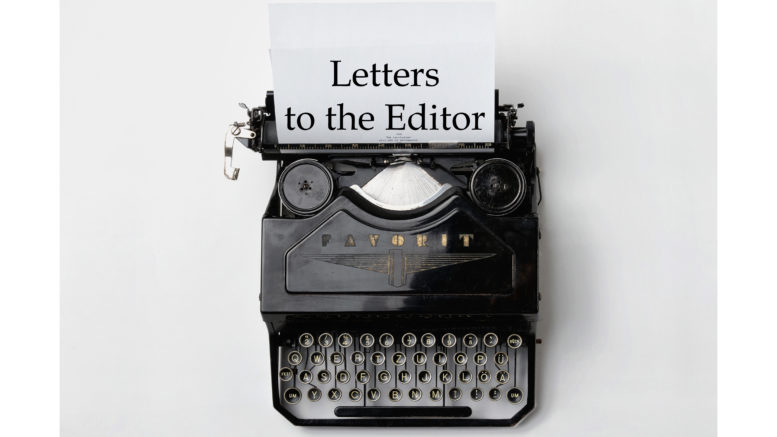Letters to the Editor do not reflect the opinions of The Reporter, its publisher or its staff. You can submit your own Letter to the Editor by email to News@ReadTheReporter.com. Please include your phone number and city of residence. The Reporter will publish one letter per person per week.
Dear Editor:
On Tuesday, the Indiana General Assembly took the final vote to pass a bill that reduces wetland protection.
House Bill 1383 passed the House on Jan. 23 and was then rushed through the Senate where it passed Tuesday by a vote of 32 to 17. Members of both parties voted in opposition.
HB 1383 reduces wetland protection by moving some of the Class III wetlands down to Class II, a class that has very little protection because of exemptions added by legislation in 2021. Testimony on the bill in committee described how HB 1383 was drafted in meetings between the Indiana Builders Association and the Indiana Department of Environmental Management (IDEM) during the summer and fall of 2023 that excluded other wetland stakeholders.
In contrast, the Indiana Wetland Task Force brought many stakeholders together including representatives from agriculture, surveyors, developers, wetland scientists, state agencies, conservation, and river organizations. The Indiana Builders Association had a seat on the Task Force, but their representative did not attend any of the meetings. The Task Force issued its report in the fall of 2022. It concluded that the state’s cumulative loss of wetlands is causing harm and that wetland protection should be increased, not reduced as HB 1383 does.
“Wetland protection was dramatically reduced by a bill in 2021 (SEA 389). Since its passage, only 25 percent of the wetland acres destroyed have had mitigation of their lost function,” said Indra Frank, Water Policy Director for the Hoosier Environmental Council. “HB 1383 means even fewer will have mitigation.”
The cumulative loss is harmful because wetlands have important functions. They are part of water storage since each acre of wetland can hold 1 to 1.5 million gallons of water. By soaking up stormwater, they slow the water which reduces erosion and reduces flooding. Water storage by wetlands reduces the need to build stormwater infrastructure. While wetlands hold water, they purify it and allow it to soak in and replenish the groundwater we rely on for wells. Wetlands are the most cost-effective stormwater infrastructure there is and on top of that they are among the most biologically productive ecosystems. Half of Indiana’s threatened and endangered species rely on wetlands, so losing wetlands means more extinctions.
“We are very disappointed by today’s vote. Instead of reducing wetland protection, Indiana needs to include wetlands in comprehensive water resource planning,” said Sam Carpenter, Executive Director for the Hoosier Environmental Council. “Despite this setback, Hoosier Environmental Council will continue to push for our wetlands to be fully valued in our state in terms of the value of the natural infrastructure services they provide, habitat for rare and endangered species, and overall water quality and quantity for Hoosiers.”
Hoosier Environmental Council
hecweb.org

